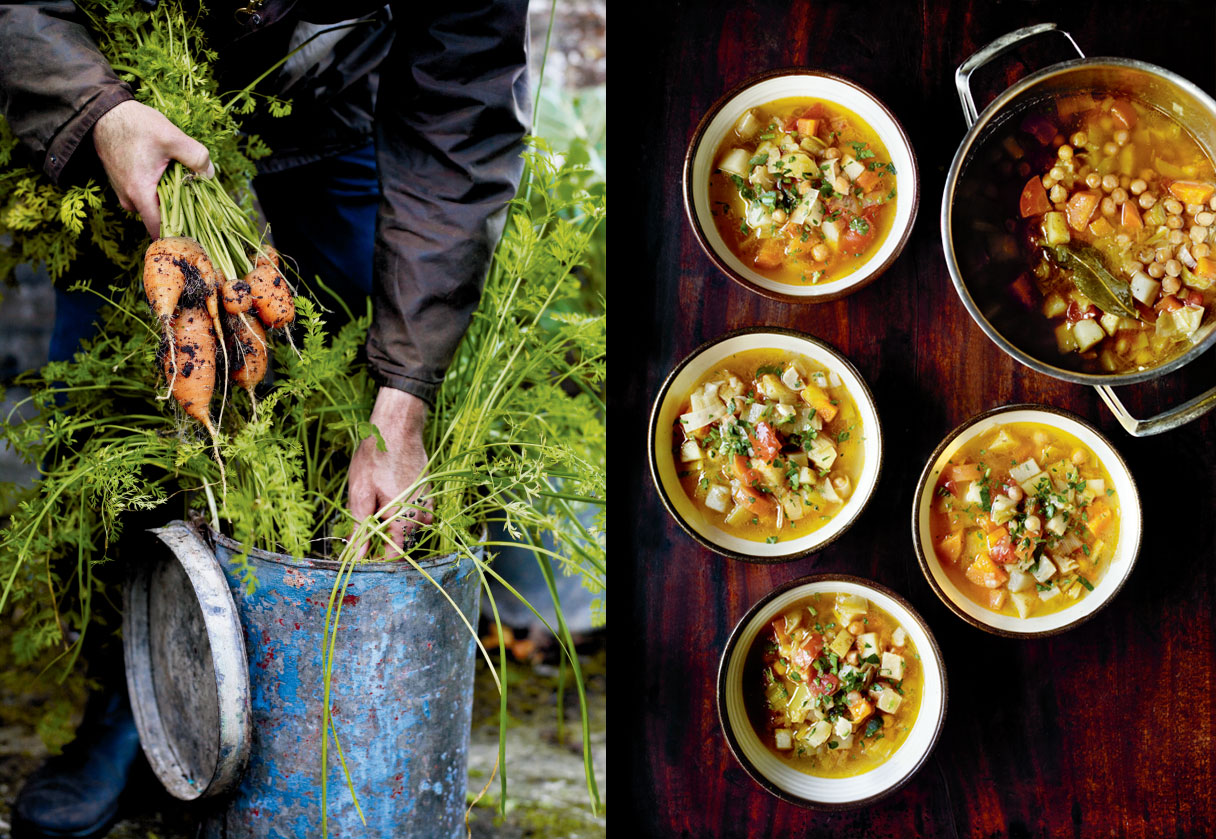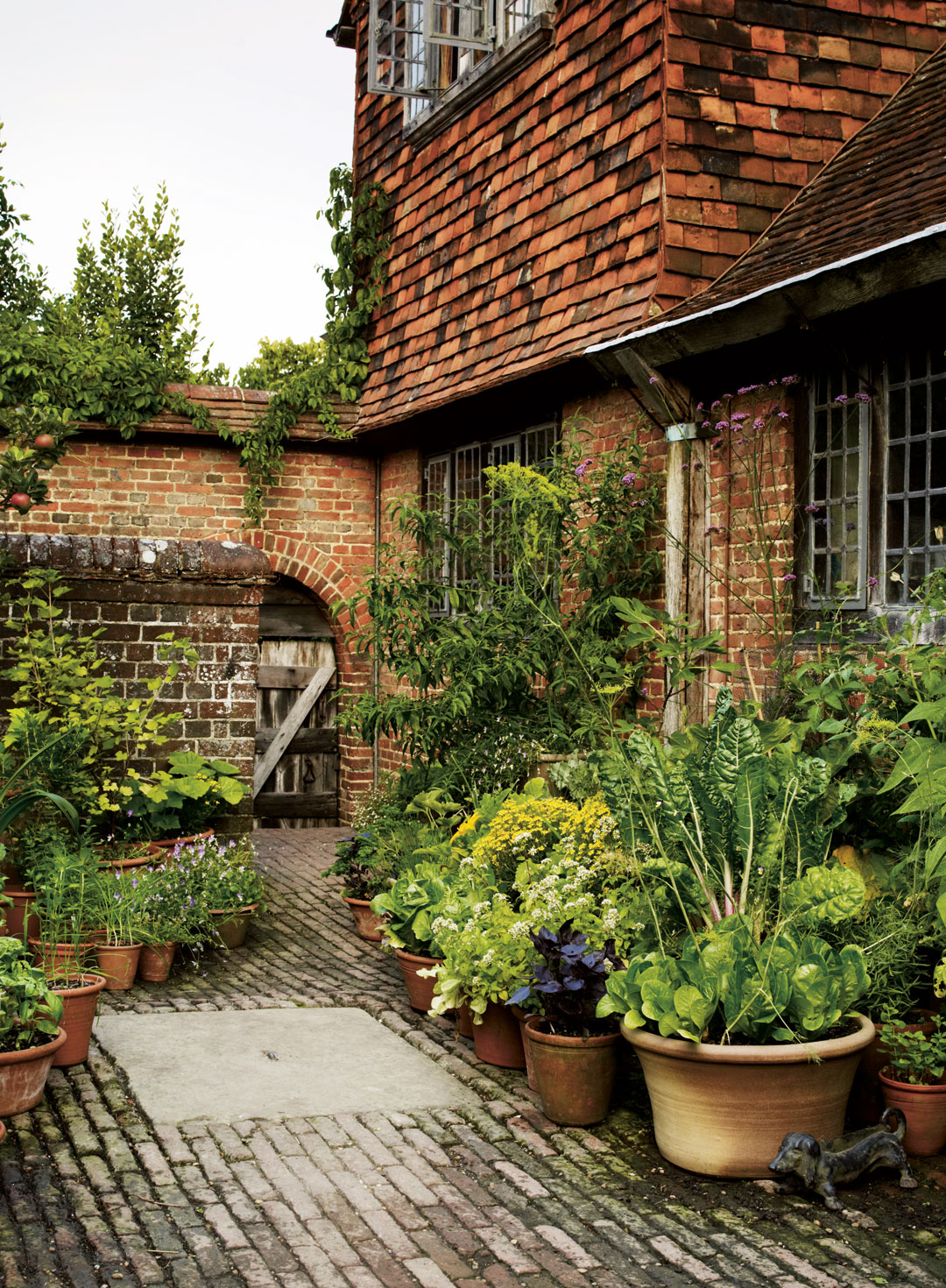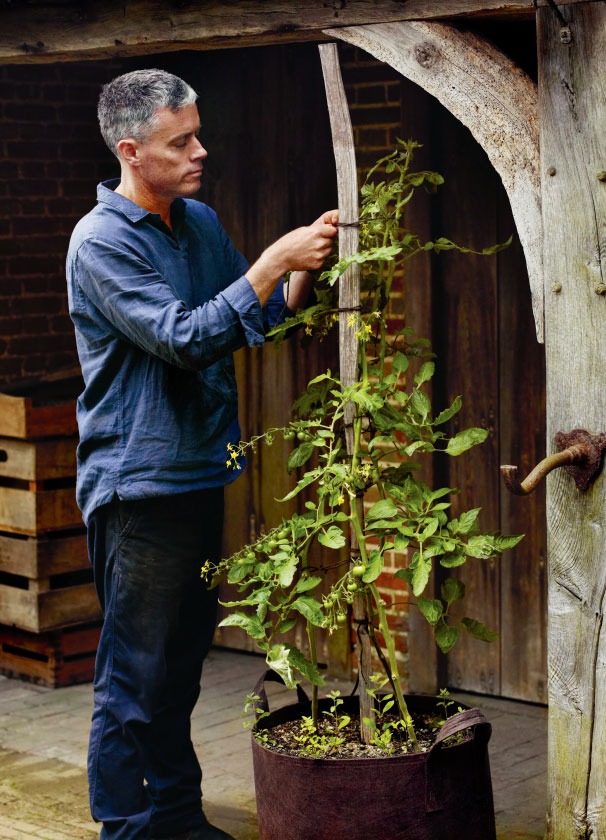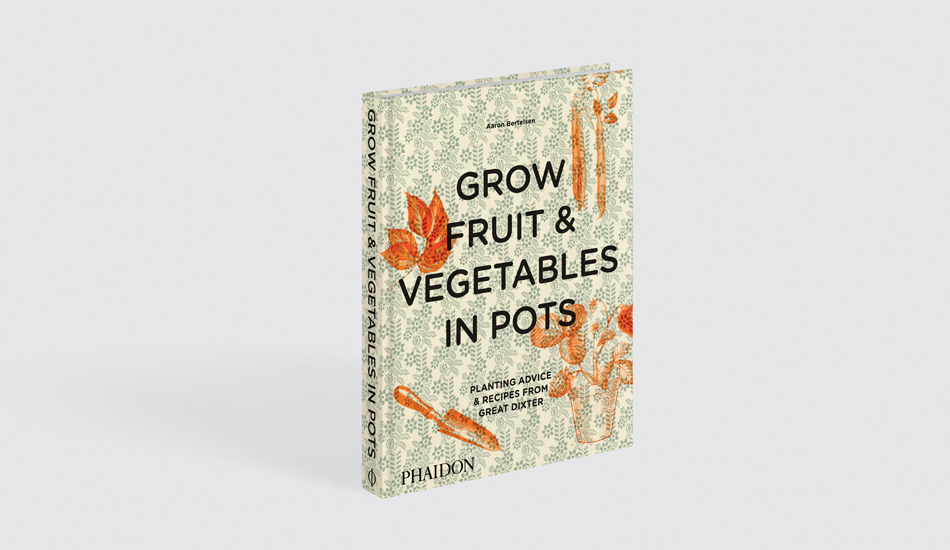
From Pot to Plate: How to Grow and Cook Carrots
You don't actually need a garden to grow beautiful and tasty fruit and vegetables says Great Dixter’s Aaron Bertelsen
Aaron Bertelsen, the vegetable gardener and cook at the iconic English country house Great Dixter has access to some of the finest land in Great Britain.
If you’ve visited this beautiful place, a couple of hours south of London, you may well have admired Bertelsen’s fruit and vegetable beds which lie close to the house, or enjoyed the fruits of his labours in Great Dixter’s café – or Refreshment Loggia, as it is known on site.

Yet Bertelsen devotes quite a lot of his skills towards Great Dixter’s courtyard garden, where, over the years, he has cultivated a beautiful, albeit slightly more private selection of plants.
In these pots, Bertelsen has grown the most obvious container crops, such as salad leaves and artichokes. Yet he’s also delved beneath the earth, and sown less common choices: root crops.
“Root vegetables may not seem like the most obvious candidates for a container garden, but they can do very well in a confined space, and, of course, you can control the growing conditions in a pot far more easily than in a garden,” he says. “They are also surprisingly generous crops to grow: a pot of beetroot (beets) will give you handfuls of delicious leaves (greens) as well as the roots themselves. Root vegetables are well worth growing for aesthetic reasons too: the bright green, frothy foliage of a carrot is a great foil for the dramatic, deep red of beetroot leave.”
However, aesthetics isn't the only reason to go for potted carrots; raising them up, in a container gets them away from one of its great pests. “It was a lady who came to one of my vegetable talks who first told me about growing carrots in pots,” explains Bertelsen in his new book, Grow Fruit & Vegetables in Pots. “She said that she did it to outwit the carrot fly, which operate at ground level, so if you grow your carrots higher up, they should escape. It works brilliantly.”

Dodging the carrot fly sets Bertelsen’s crops at a distinct advantage. Yet he has to overcome other difficulties. “Carrots like it gritty, so I add some sharp sand to the mix – about one part sand to ten parts compost (potting soil),” he explains.
He also favours high, slender ‘long Tom’ pots, to let his vegetables develop below the soil line, and he thins out the younger plants as they mature, to give the carrots space to grow. “Each time you do it, you are rewarded with a handful of baby carrots to put in a salad, dip into hummus or enjoy just as they are,” he says.
For a more substantial carrot dish, try Bertelsen’s Soup of Israel, which was inspired by the cook and gardener’s own travels in the Holy Land. For this you’ll need 2 tablespoons olive oil; a large leek, trimmed and cut into 1-cm/1/2-inch slices; 2 cloves garlic, crushed (minced); a teaspoon coarse (kosher) sea salt; 3 carrots, trimmed, scrubbed and diced; 1 celeriac (celery root), peeled and diced, and the leaves (if you have them) finely chopped; 2 potatoes, scrubbed and diced; 3 large tomatoes, diced; 2 x 400-g/14-oz cans chickpeas, drained and rinsed; a bay leaf; 1.2 litres/2 pints (5 cups) vegetable stock (broth); the juice of a lemon; 25 g/1 oz (1/2 cup) chopped flat-leaf parsley, and some pepper.
Heat the oil in a large pan over medium heat, add the leek, garlic, salt and some pepper and cook the vegetables gently for 5–10 minutes until they start to release their juices. Add the carrots, celeriac (celery root), potatoes, tomatoes, chickpeas and bay leaf and cook for another 5 minutes.
Add the stock (broth), bring up to a simmer and cook for 30–40 minutes until the vegetables are tender. Do this with the lid off, so the soup reduces slightly and the flavours are concentrated. Remove from the heat, add the lemon juice and parsley and season to taste with salt and pepper. There, in a little over an hour, you’ve gone straight from pot to plate.

For a more detailed version of this recipe, as well as more tips on growing carrots and much more besides, order a copy of Grow Fruit & Vegetables in Pots here.